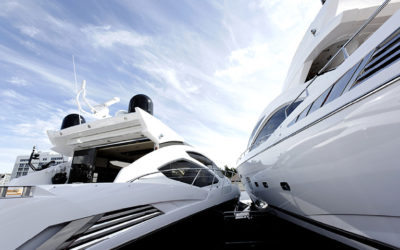![]()
boat charterer click&boat diversifies

There are simple ways of posting a company’s results rapidly and proving its soundness to investors and clients.
Demonstrate a sound financial position
Since the financial crisis of 2008, yachting activity has left financers rather perplexed: a highly seasonal aspect, significant financial expenses and, for boat builders, lengthy product development with uncertain return on the investment.
People dream about owning a boat, and professionals are increasingly aware of the need to prove their healthy financial position to suppliers, clients, distributors and financers. This involves following a business plan.
The company’s age
New creators are often sidelined and need to prove that their business plan is solid and that their financial partner’s support provides sufficient guarantees by means of a warranty or cash flow allowing for payment in advance. In all cases, keeping a business plan up to date is greatly appreciated and provides a good image of the firm’s ambitions and follow-up of its activity.
The company’s state of health
Generally speaking in the the boating industry, companies pursue three activities: sale of boats, sale of equipment and services. Depending on sales volume, the level of its partners’ expectations will differ significantly.
Equity capital
Equity capital is an accounting concept which incorporates registered share capital, reserves and profits not paid out as dividends, and the net result for the tax year. It serves as a “treasure chest” in the event of rainy days.
Remaining vigilant
In the boating industry, keeping the scoreboard up to date and being capable of anticipating demonstrate a good level of professionalism, reassure partners and clients, and secure its future, even if the figures only provide a photograph at a precise moment in time.
Source: BoatIndustry
A SEMI-RIGID BOAT: MAKING THE RIGHT CHOICE
When acquiring an inflatable or semi-rigid boat, several points should be considered: the choice of the material, type of use, the choice of the hull, maintenance, repairs and storage.
BOAT SHOWS: SIGNIFICANT MANOEUVRES
Faced by challenges and a period of doubt, professionals are learning to adapt.
THE VALLON DES CARMES, A SECRET CORNER OF PARADISE IN THE VAR
Fans of peacefulness and solitude can discover a few spots in the Var still little-known to the general public…



